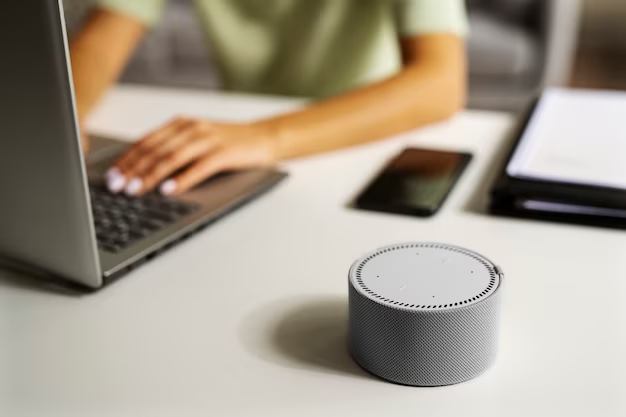The realm of home automation has seen exponential growth, notably with Sonos, a premier wireless sound system, revolutionizing multiroom audio playback. This guide aims to elucidate the integration and functionality of Home Assistant Sonos Automation, a system enabling effortless control and synchronization of your Sonos speakers, thereby enhancing your smart home experience.
Unveiling Home Assistant Sonos Automation
Home Assistant Sonos Automation is the fusion of smart home assistants like Alexa or Google Assistant with Sonos speakers. This integration facilitates voice-controlled audio management without the complexity of navigating multiple applications or intricate configurations. It simplifies operations such as music streaming, volume adjustments, and personalized playlist curation through straightforward voice commands.
Key Benefits of Integrating Sonos with Home Assistants
The adoption of Home Assistant Sonos Automation offers several compelling advantages:
- Simplified Control: Eliminate the hassle of app juggling with voice-activated command features;
- Customizable Audio Experience: Tailor playlists and routines to your preferences, unlocking a world of personalized audio scenarios;
- Comprehensive System Integration: Sonos’ compatibility with a broad range of smart home devices allows for a unified, cohesive smart home setup.
Step-by-Step Implementation of Home Assistant Sonos Automation
Embarking on the Home Assistant Sonos Automation journey involves a few key steps:
- Establishing a Sonos Ecosystem: Set up your Sonos speakers and connect them to your home Wi-Fi network. Ensure your Sonos account is active;
- Configuring Your Smart Home Assistant: Install the relevant home assistant app, connect it to your Wi-Fi, and customize settings as needed;
- Linking Sonos with Your Home Assistant: Depending on your assistant, add the Sonos skill or feature and authenticate it for use;
- Activating Sonos Automation: Begin employing voice commands to control music playback, volume, and routines within your smart home.
Practical Applications of Sonos Automation in Smart Homes
With your Sonos system linked to a home assistant, explore a variety of practical uses:
- Music Playback Commands: Initiate music in any room with a simple command like, “Hey Google, play jazz in the living room.”;
- Routine Integration: Set up daily routines that include music, such as a ‘Morning Wake-Up’ playlist;
- Volume Adjustments: Easily modify audio levels with phrases like, “Alexa, increase the volume in the kitchen.”
Video Guide
To answer all your questions, we have prepared a video for you. Enjoy watching it!
Synergizing ESPHome Deep Sleep with Sonos Automation
The integration of ESPHome Deep Sleep with Home Assistant Sonos Automation presents a harmonious blend of energy efficiency and user convenience. While ESPHome devices conserve energy in Deep Sleep mode, Sonos systems managed by home assistants like Alexa or Google Assistant offer streamlined audio control. This synergy ensures that while your smart home enjoys the rich audio experience provided by Sonos, the overall energy footprint remains minimized thanks to the ESPHome Deep Sleep feature.
- Energy Management: ESPHome devices in Deep Sleep mode reduce the overall energy consumption of your smart home;
- Seamless Automation: While ESPHome devices save energy, Sonos systems continue to provide an uninterrupted and user-friendly audio experience;
- Optimized Performance: The combination of ESPHome and Sonos ensures that your smart home operates efficiently without compromising on functionality.
Conclusion
Home Assistant Sonos Automation significantly enriches the smart home landscape, offering intuitive control over your audio environment and seamless integration with other smart home devices. This advancement not only enhances your home’s audio capabilities but also contributes to a more connected and efficient living space. If you aim to elevate your smart home system, integrating Sonos with your home assistant is a commendable step.
